The China-Singapore International Joint Research Institute (CSIJRI), a leading science and technology cooperation platform, is a multifaceted research institution encompassing technological innovation, scientific and research findings commercialisation, and business incubation. It serves as a bridge for the collaboration between China and Singapore and facilitates entry into the Chinese market for overseas projects. As a key participant and observer in the rapid development of Knowledge City, the institute has frequently been in the limelight. On October 17, a Guangzhou Daily report titled "Smart Marriage of Knowledge City" highlighted its pivotal role.
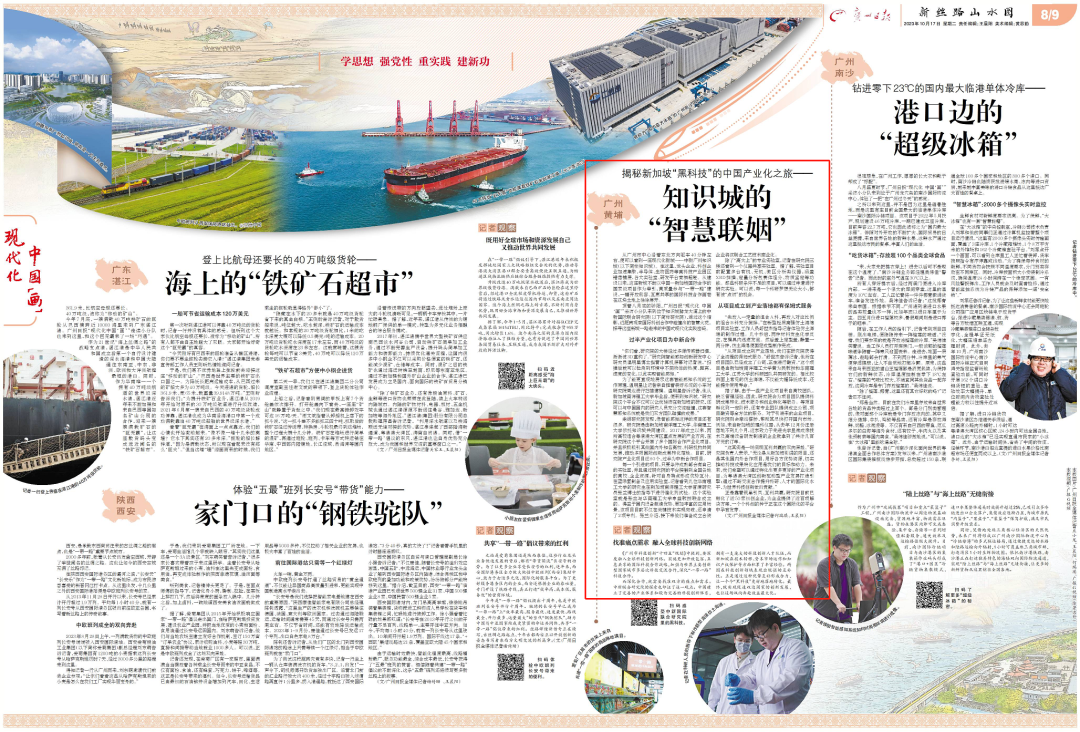
Situated within a 40-minute drive northeast of Guangzhou’s heartland, Knowledge City emerges as a modern dynamic hub. It serves as a magnet, drawing leading companies and scientific and technological enterprises at an impressive pace. The landscape is adorned with high-tech industrial parks specialising in semiconductors and biomedicine. Notably, the laboratories and research and development centres here are engaged in a spirited race to push the boundaries of innovation.
Since its inception, Knowledge City has been engaged with national-level China-Singapore cooperation projects and actively participate in the construction of the Belt and Road Initiative. What unfolds here is a captivating picture of international scientific and technological cooperation—a realm that is open, inclusive, and mutually beneficial.
The Guangzhou Daily team arrived at the CSIJRI on Tenglong Avenue of Knowledge City. They would delve into the vibrant tapestry of international scientific and technological innovation cooperation and explore the Chinese modernisation practices of the city.
"Our building has gone through scanning by multi-sensors, and a 3D model has been constructed," said Dr. Wen Mingxing, a researcher at the Intelligent Perception and Research Center. He pointed to the computer screen and explained, "Now we have achieved intelligent perception by monitoring the changes in heat, distance, and speed."
To illustrate the operation of the intelligent sensing system, he invited reporters to scan and construct a model themselves. Mr. Wen joined Knowledge City after graduating from Nanyang Technological University. "CSIJRI allows me to continue my research in Singapore and facilitates communication and collaboration with researchers in China. The smart sensing system is the achievement of successful synergy between our two teams," he shared with reporters.
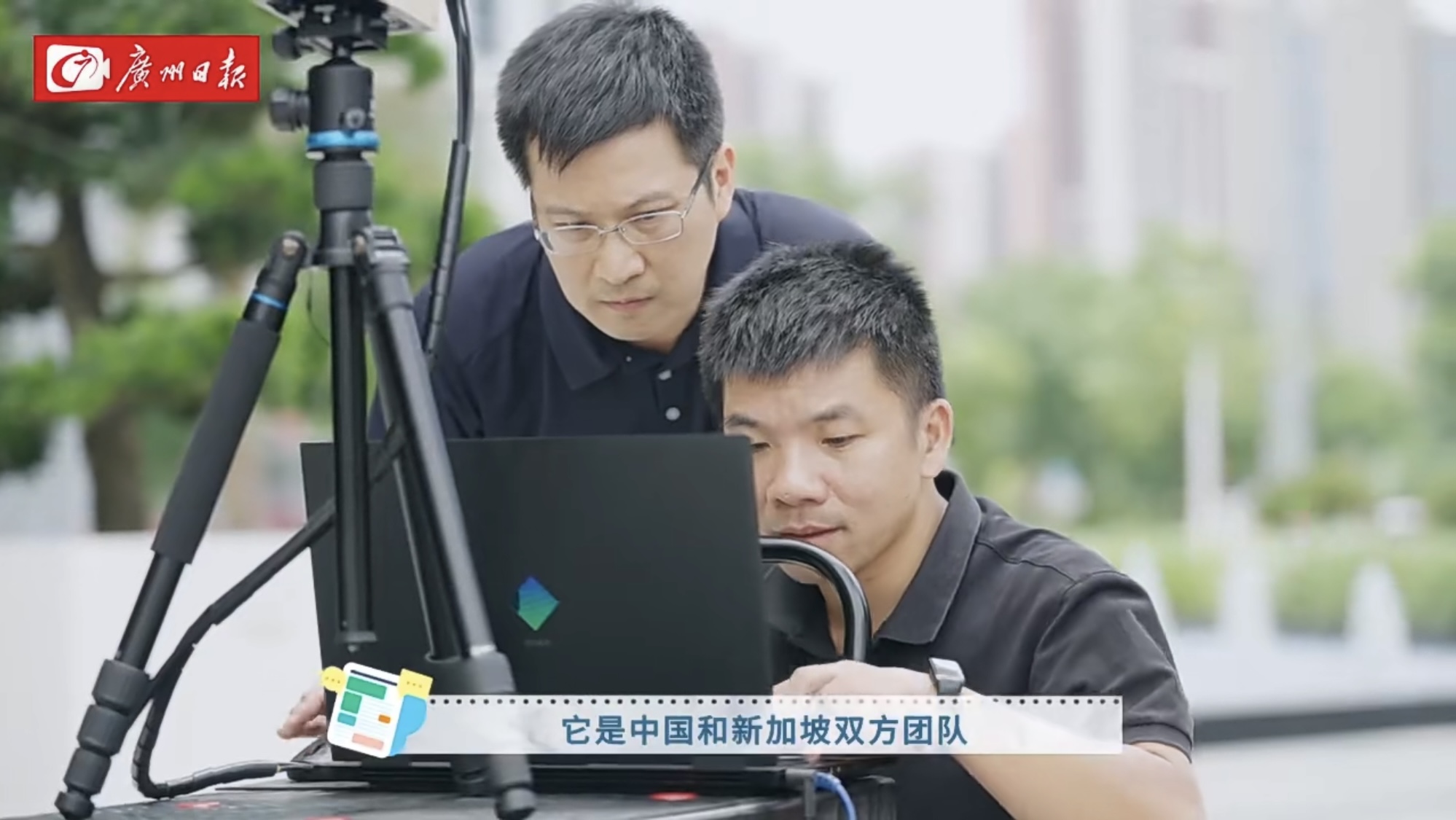
This project is just one of the many intelligent sensing projects in the institute. CSIJRI is a joint programme by Nanyang Technological University of Singapore and South China University of Technology in Knowledge City. Since its establishment in 2017, the two universities have commercialised numerous projects in alignment with the industrial guidance of the Guangdong-Hong Kong-Macao Greater Bay Area. They pool in their efforts to attract well-known universities and scientific research institutions from both home and abroad. The aim is to foster joint development and turn international innovation achievements into reality. The institute has successfully commercialised nearly 80 projects, over half being China-Singapore collaborative projects.
Each granted project is supported by their own independent laboratory if the project meets the introduced requirements. Through the institute, it can access universities and enterprises nationwide to foster collaboration. At the Turquoise and Green Hydrogen Preparation and Application Laboratory, reporters observed several graduate students from the South China University of Technology conducting catalyst tests under the guidance of Dr. Zhang Lan, the principal research scientist at Nanyang Technological University of Singapore. Dr. Zhang Lan and Professor Shen Yi of the South China University of Technology jointly established this laboratory. Leveraging China’s equipment manufacturing advantages and wide-ranging applications, the project has achieved breakthroughs in critical technologies and holds two patents. Dr. Zhang Lan mentioned they are preparing for a joint venture to commercialise the technology and the process.
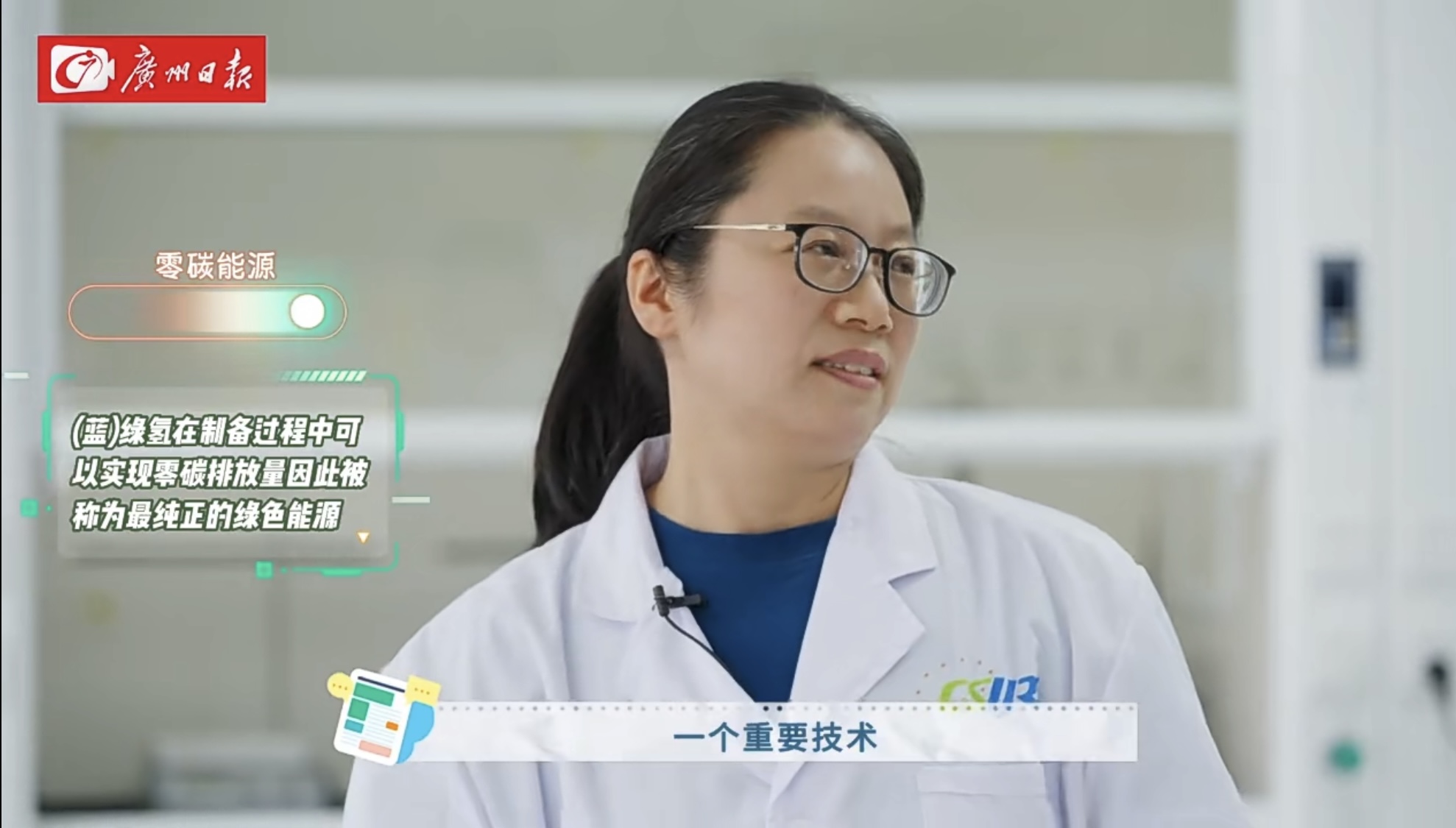
In addition to the high-end professional laboratories, reporters also visited a shared laboratory on the third floor of the institute. This laboratory has multiple organic, inorganic, and micro-analysis instruments for XRD scanning, quantitative analysis of inclusions, and substance identification testing. For projects that do not meet the scientific research requirements, there is an option to apply for conducting research experiments in this shared space. Here, every scientific research dream, whether big or small, has the opportunity to take off.
"First, put a certain amount of combination A, then add combination B in proportion and mix thoroughly." In the New Lightweight, High-strength Soil-imitation Sponge Laboratory, Shu Shijie guided reporters in creating a soil-imitation sponge. After seconds, a chemical reaction occurred, and the mixture foamed rapidly in the mold. The imitation soil sponge would be ready after placing the shaping cover on top and allowing it to stand for a few minutes.
From project inception to commercialisation, we've received step-by-step services from the institute," Shu Shijie told reporters. "Our project team has incorporated the company and is currently in the financing phase." This project was jointly developed by Professor Huang Weimin from Nanyang Technological University and the research teams from South China University of Technology and Jiangsu University. Professor Shu Shijie highlighted the project's advantages: "Compared to traditional soil-like sponges in the market, our product has a low cost but an extended product life."
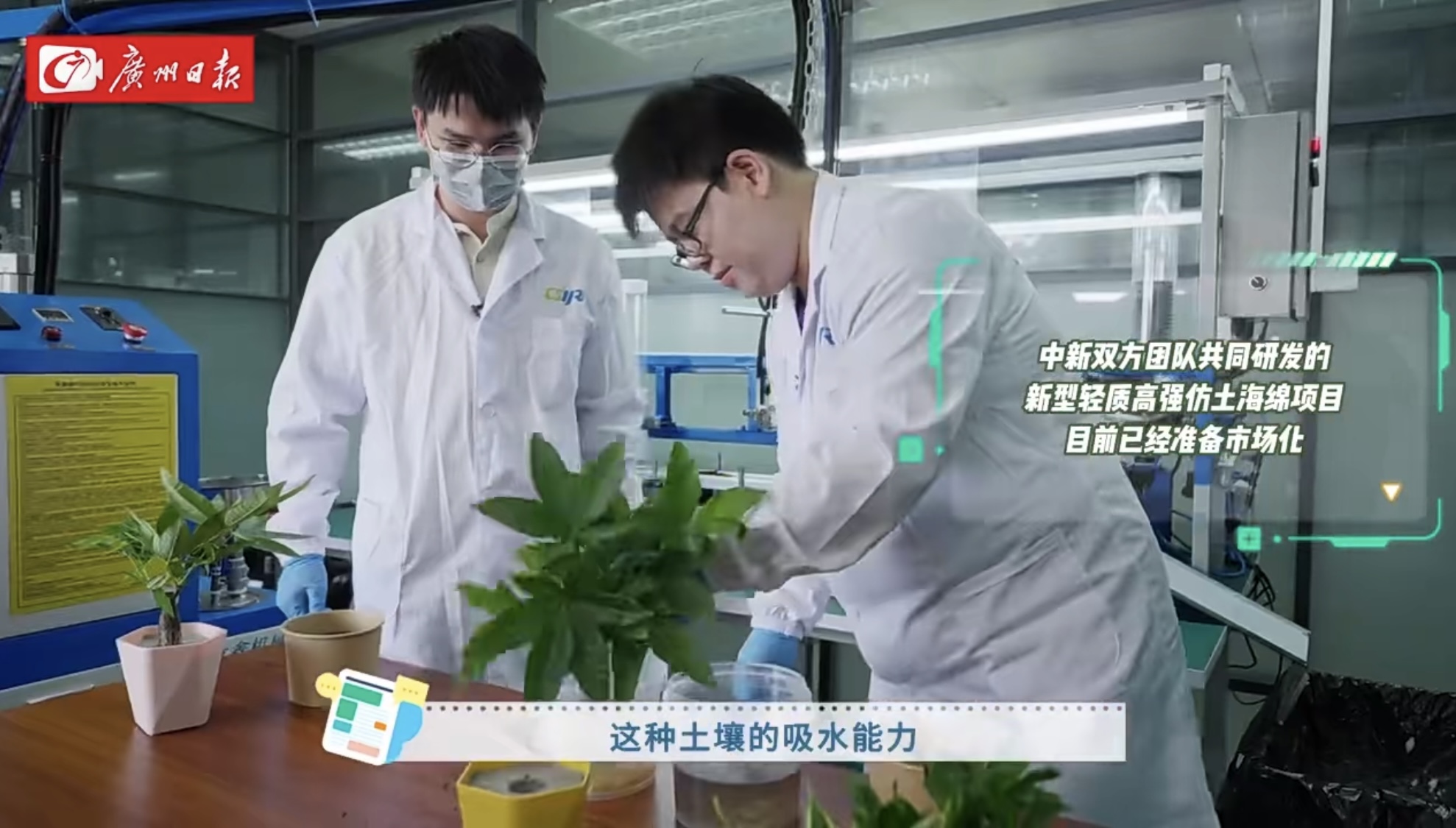
Some commercialisation projects originate from universities and may require additional management experience. In response, the institute offers a comprehensive range of services, including scientific research achievement commercialisation, technical support, and entrepreneurial incubation. As the project progresses, services such as company incorporation and project financing become available. The institute facilitates matching for overseas projects and ensures their swift entry into the Chinese market. Take Simscop Instruments, a Singapore-based company dedicated to researching and manufacturing advanced optical microscopy imaging equipment, for instance. Within months of its incorporation last December, the company secured orders totalling several million yuan.
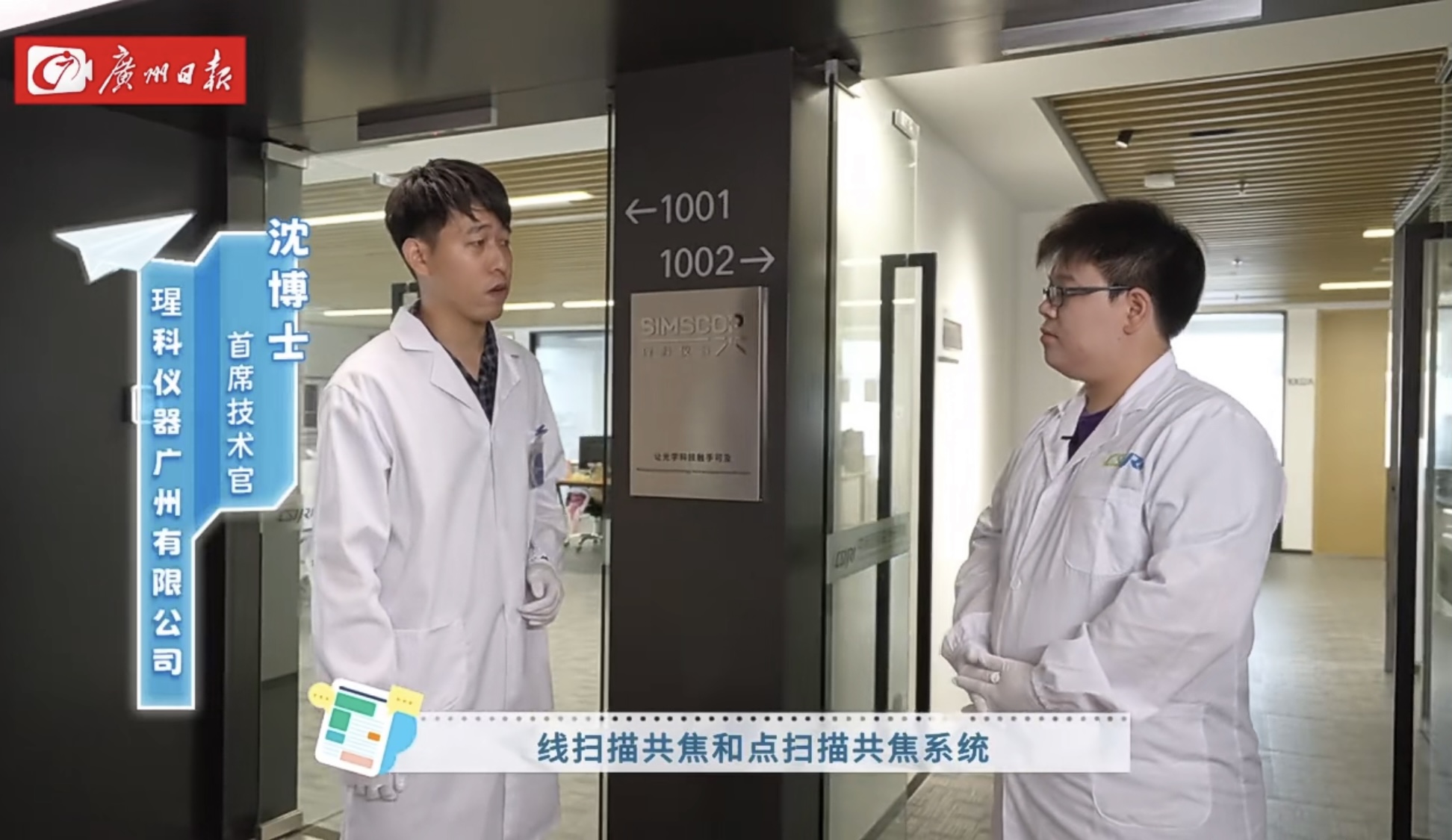
"We're seeking mutual benefit and a win-win situation," stated the in-charge of the institute. "Whether it's a project from Singapore or a China joint project, our goal remains consistent: to leverage available resources and drive the commercialisation of scientific and technological achievements. In the future, we aspire to incubate more industrial projects and be an engine for developing innovation-driven industries in the Guangdong-Hong Kong-Macao Greater Bay Area. We aim to elevate our international standing in scientific research and talent development through exchanges and cooperation and contribute to global technological innovation."
With the concept of "providing a conducive environment for investment and fostering mutual benefit and win-win results," the institute has successfully incubated nearly 50 start-ups and offered solutions to almost a hundred enterprises. The seeds of scientific innovation are germinating on this international platform.
Correspondents' Observation
Identifying Pain Points and Integration into the Global Technological Innovation Network
The '14th Five-Year Plan for Guangzhou Science and Technology Innovation' emphasises the necessity of deep integration into the global science and technology innovation network. It advocates for implementing an open, inclusive, and mutually beneficial international scientific and technological cooperation strategy. The plan aims to strengthen multi-level scientific and technological exchanges and cooperation with major innovative countries and cities globally and deepen scientific and technological collaboration under the Belt and Road initiative.
Deep cooperation requires identifying the pain points of both parties. The exploration of CSIJRI further confirms this view. China has established a comprehensive industrial system and a relatively complete scientific and technological innovation framework, with a large team of scientific and technological innovation talents. In contrast, Singapore has accumulated rich experience in technology transfer, capital market operations, and intellectual property protection. The two countries can complement each other in scientific and technological innovation. It is through this complementary advantage that synergy is formed, enabling better incubation and commercialisation of each black technology. Ultimately, this collaboration will promote both countries' innovative development and maximise the benefits of the cooperation.

CSIJRI strives to become a top-tier R&D hub that seamlessly integrates technological innovation, scientific research and development, business incubation, and commercialisation. As an engine for the growth of innovation-centric industries in Knowledge City, it will aid the ascent of the Guangdong-Hong Kong-Macao Greater Bay Area as a beacon of talent and innovation.
Source: Guangzhou Daily


